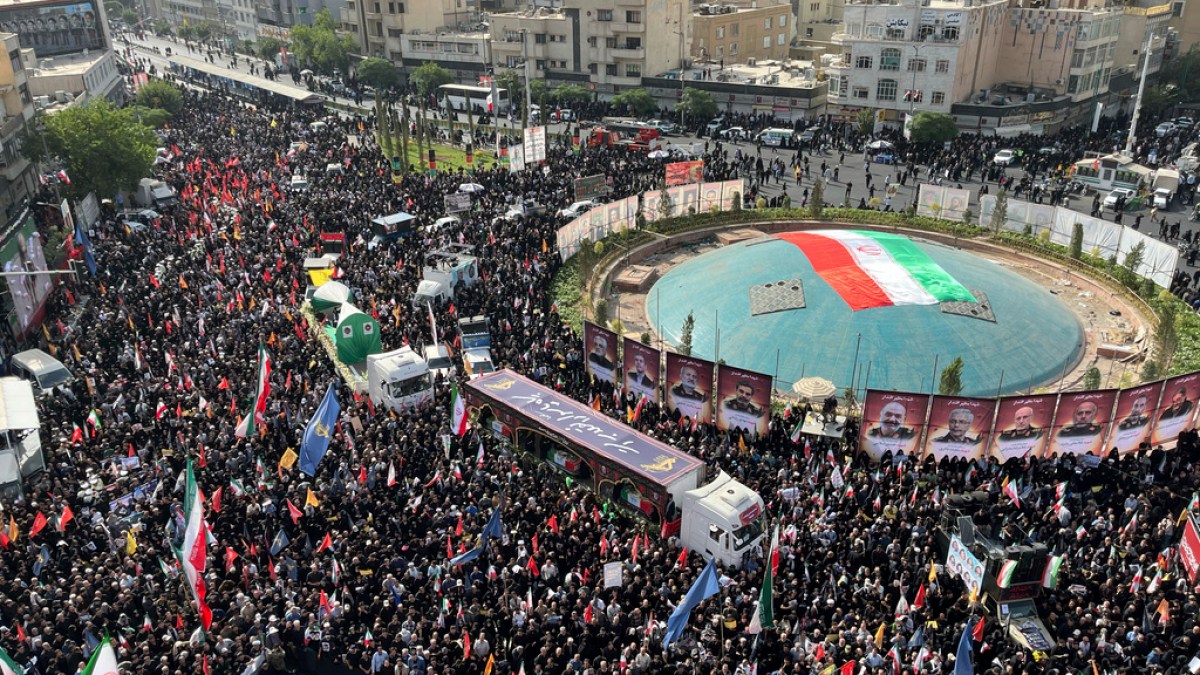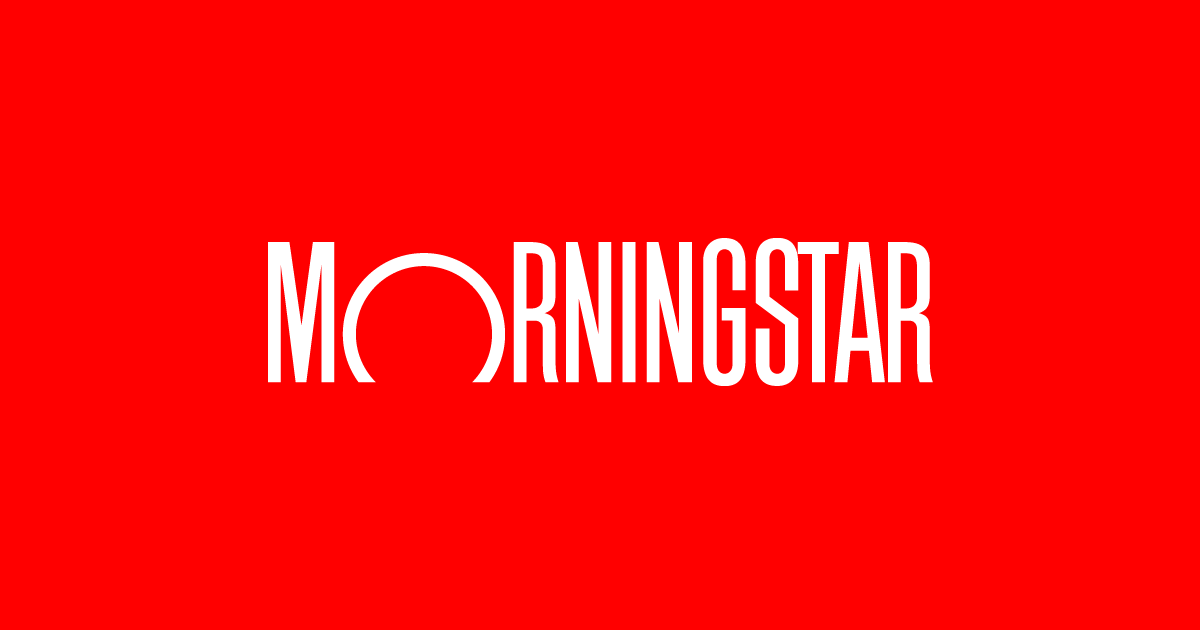Tens of thousands of people have lined the streets in Iran’s capital, Tehran, as the country held a funeral service for military commanders, nuclear scientists and some civilians killed in Israeli attacks earlier this month.
State TV showed footage of people donning black clothes, waving Iranian flags and holding pictures of some of the dead in the ceremony that started at 8am (04:30 GMT) on Saturday.
Images from central Tehran showed coffins draped in Iranian flags and bearing portraits of the deceased commanders in uniform.
Israel launched the assault on its main regional rival on June 13, killing several senior military and scientific officials, and bombarding military sites and nuclear facilities across the country. Iran responded with missiles attacks on Israel.
The Israeli bombardment continued for 12 days, with key ally the United States joining the conflict to carry out strikes on three nuclear sites last weekend. In retaliation for the US attacks, Iran launched a wave of missiles at a US military base in Qatar.
Both Israel and Iran claimed victory in the war that ended with a ceasefire on Tuesday, with Iran’s Supreme Leader Ayatollah Ali Khamenei downplaying the US strikes, claiming Trump had “exaggerated events in unusual ways”, and rejecting US claims that Iran’s nuclear programme had been set back by decades.
The coffins of the Guard’s chief General Hossein Salami, the head of the Guard’s ballistic missile programme, General Amir Ali Hajizadeh, and others were driven on trucks along the capital’s Azadi Street as people in the crowds chanted: “Death to America” and “Death to Israel”.
Salami and Hajizadeh were both killed on the first day of the war, which Israel said was meant to destroy Iran’s nuclear programme.
Mohammad Bagheri, a major-general in Iran’s Revolutionary Guard, as well as top nuclear scientist Mohammad Mehdi Tehranchi were also killed in Israeli attacks.
Saturday’s ceremonies were the first public funerals for top commanders since the ceasefire, and Iranian state television reported that they were for 60 people in total, including four women and four children.
Authorities closed government offices to allow public servants to attend the ceremonies.
War of words
The state funeral comes a day after US President Donald Trump launched a tirade on his Truth Social platform, blasting Khamenei for claiming in a video address that Iran had won the war.
Trump also claimed to have known “EXACTLY where he (Khamenei) was sheltered, and would not let Israel, or the US Armed Forces… terminate his life”.
He claimed he had been working in recent days on the possible removal of sanctions against Iran, but he dropped it after Khamenei’s remarks.
Hitting back at Trump on Saturday, Iranian Foreign Minister Abbas Araghchi said on X: “If President Trump is genuine about wanting a deal, he should put aside the disrespectful and unacceptable tone towards Iran’s Supreme Leader.”
Al Jazeera’s Resul Serdar, reporting from Tehran, said Araghchi’s remarks were “a most expected reaction” to Trump’s social media posts.
“Many Iranian people regard him [Khamenei] as chiefly a religious leader, but according to the constitution, he’s not only that – he’s the political leader, he’s the military leader – he’s simply the head of state in Iran,” he said.
Serdar also said Khamenei’s position is not just the top of a hierarchy, but a divine role in Shia political theology.
“Not only in Iran, but across the world, we know there are a significant number of Shia who look for his guidance,” Serdar said. “Anyone who knows that would be meticulously careful not to publicly criticise him, and particularly not to accuse him of lying.”
No nuclear talks planned
There was no immediate sign of Iran’s supreme leader, Ayatollah Ali Khamenei, in the state broadcast of the funeral.
Khamenei, who has not made a public appearance since before the outbreak of the war, has in past funerals held prayers for fallen commanders over their coffins before the open ceremonies, later aired on state television.
During the 12 days before the ceasefire, Israel claimed it killed about 30 Iranian commanders and 11 nuclear scientists, while hitting eight nuclear-related facilities and more than 720 military infrastructure sites.
Iran fired more than 550 ballistic missiles at Israel, most of which were intercepted, but those that got through caused damage in many areas and killed 28 people, according to Israeli figures.
The Israeli attacks on Iran killed at least 627 civilians, Tehran’s Ministry of Health and Medical Education said.
After the US strikes, Trump said negotiations on Iran’s nuclear programme for a new deal were set to restart next week, but Tehran denied there were plans for a resumption.


